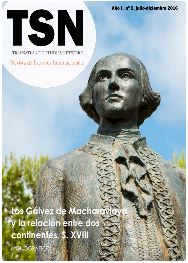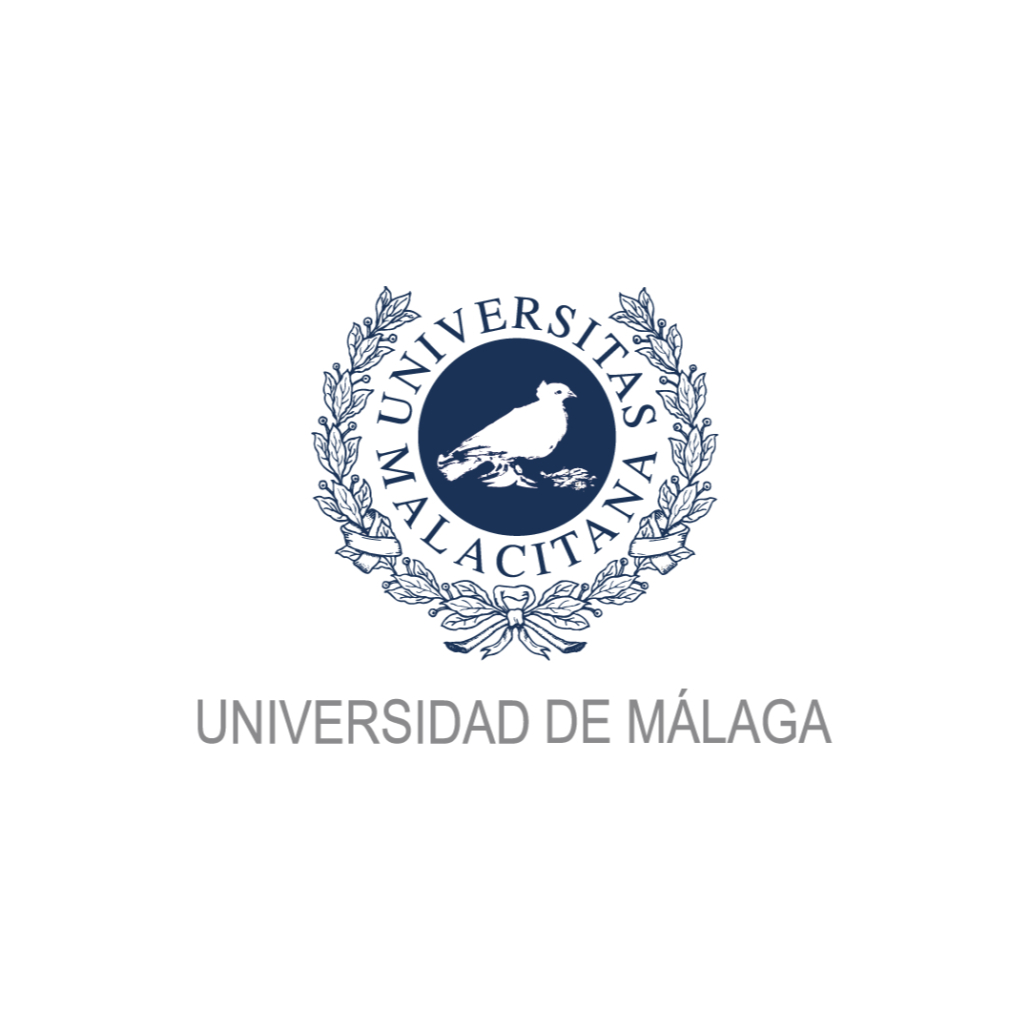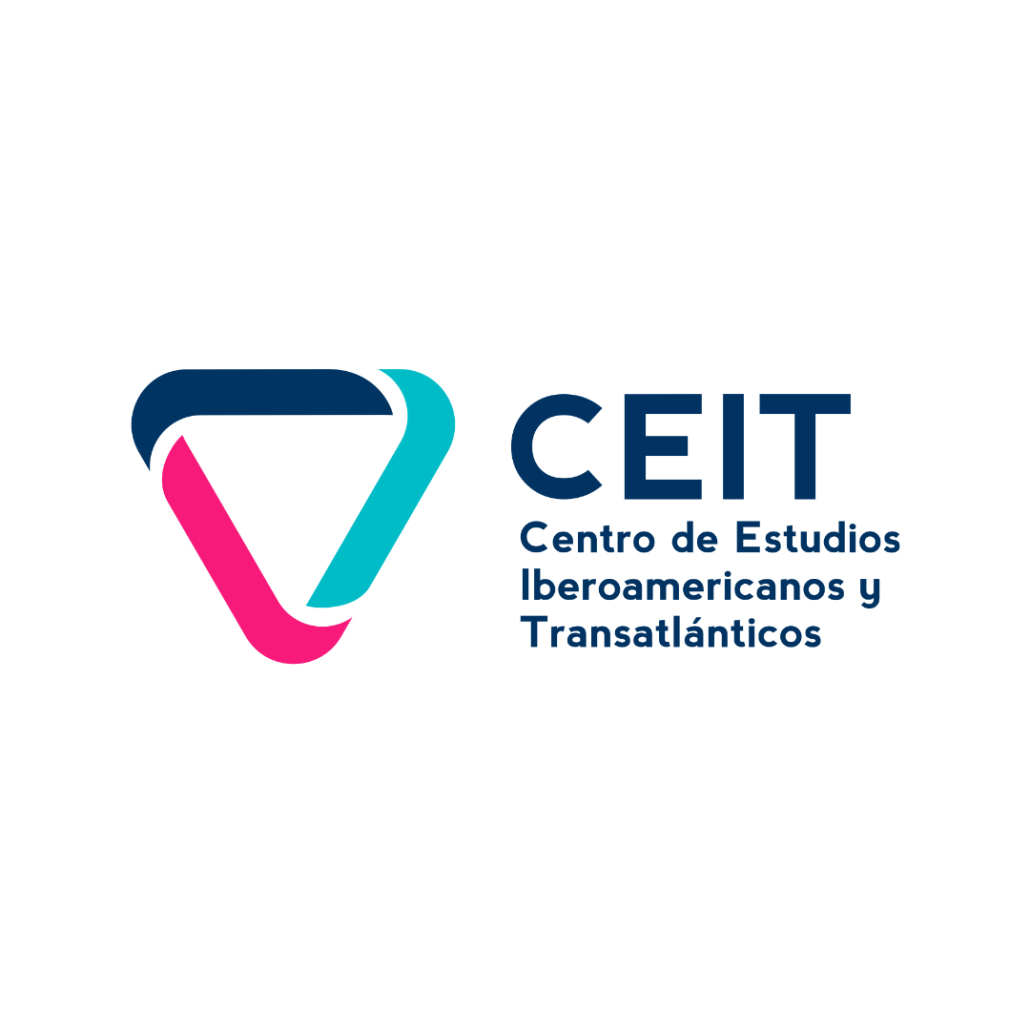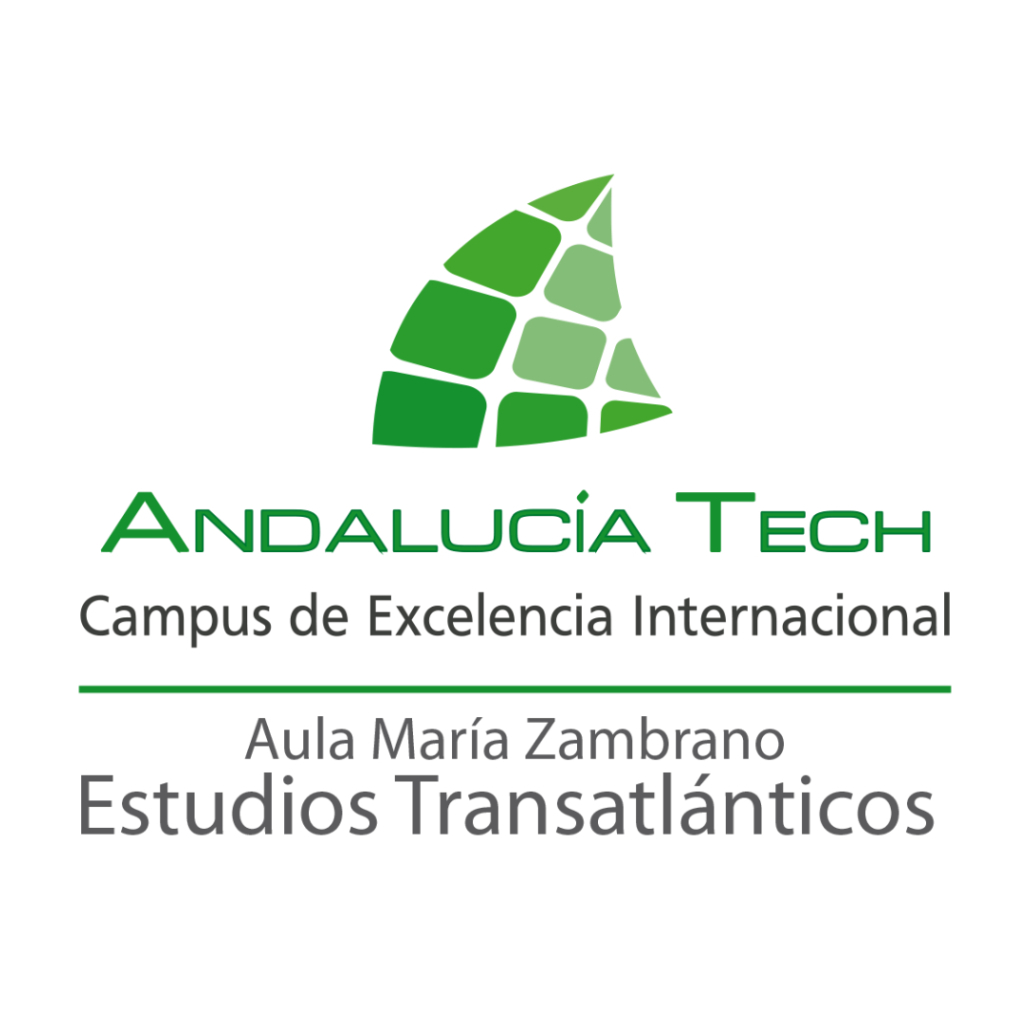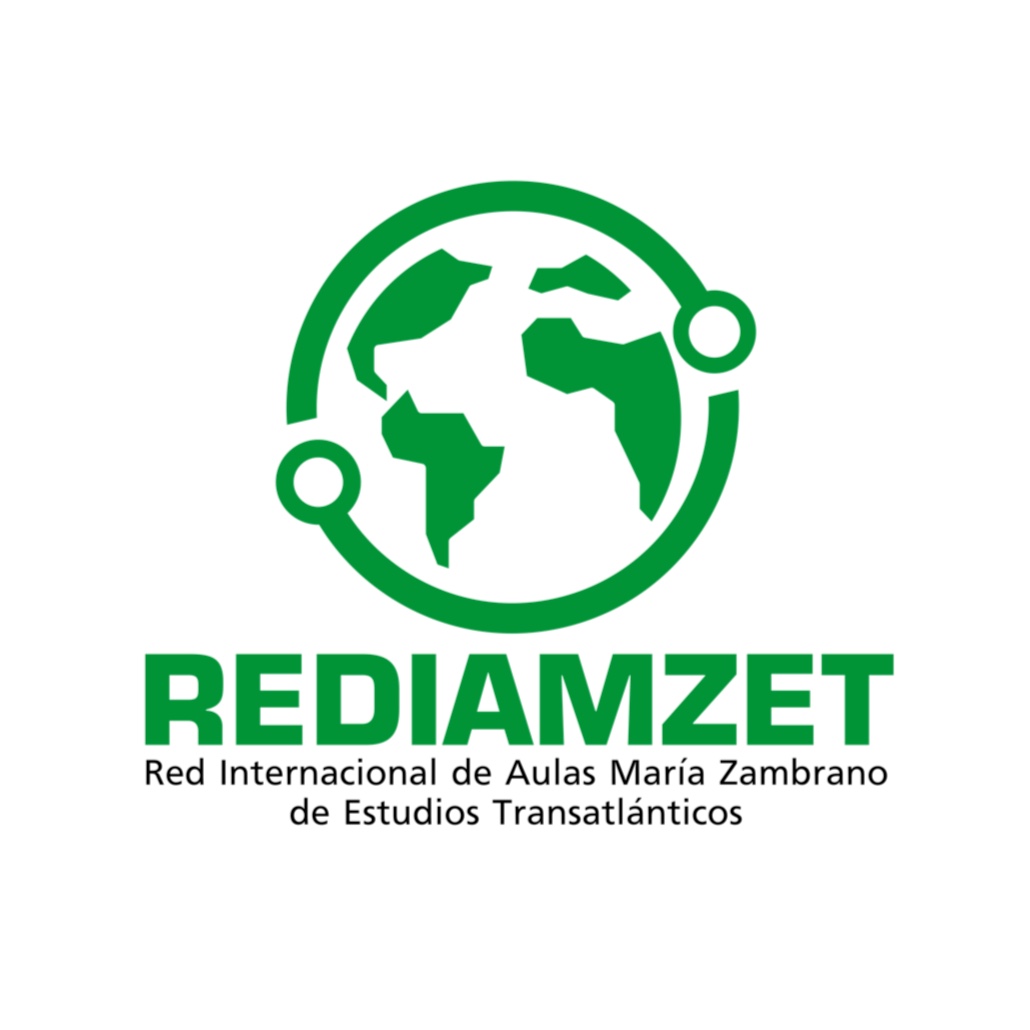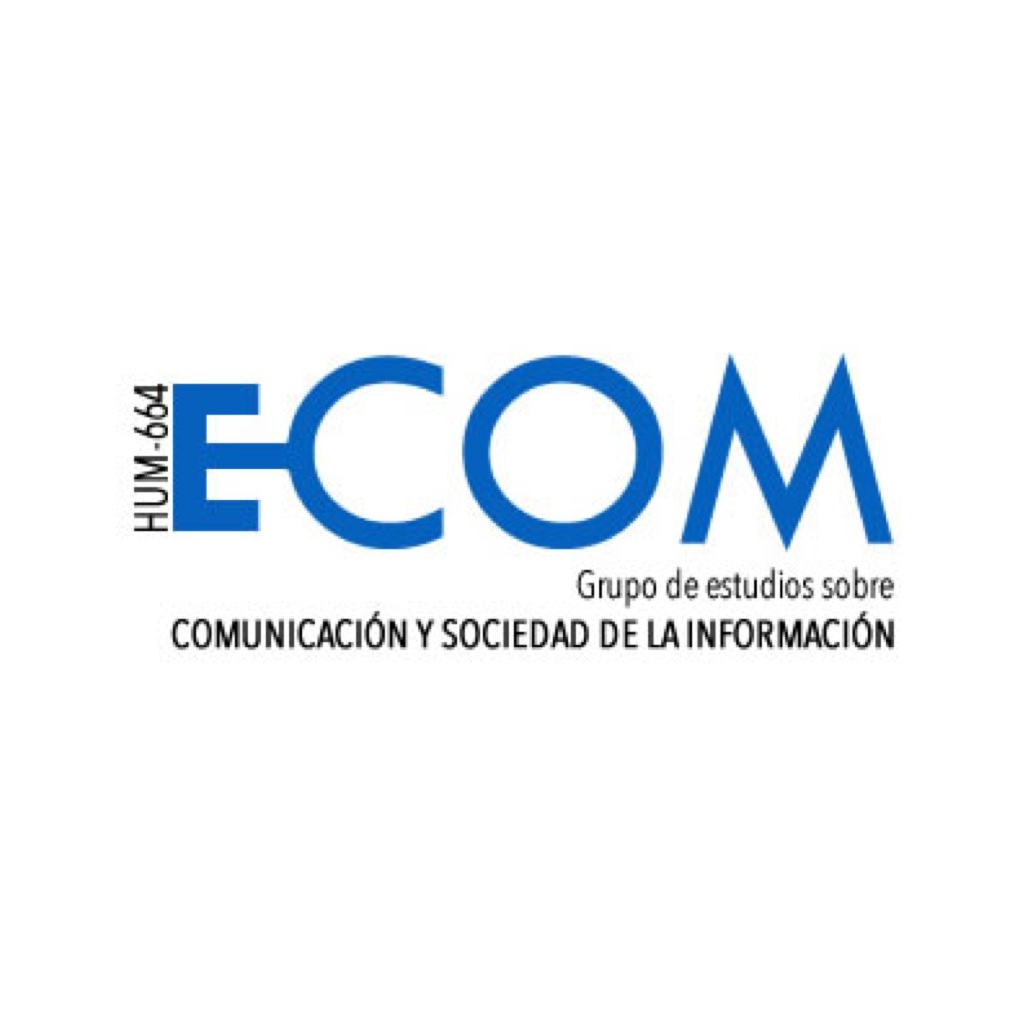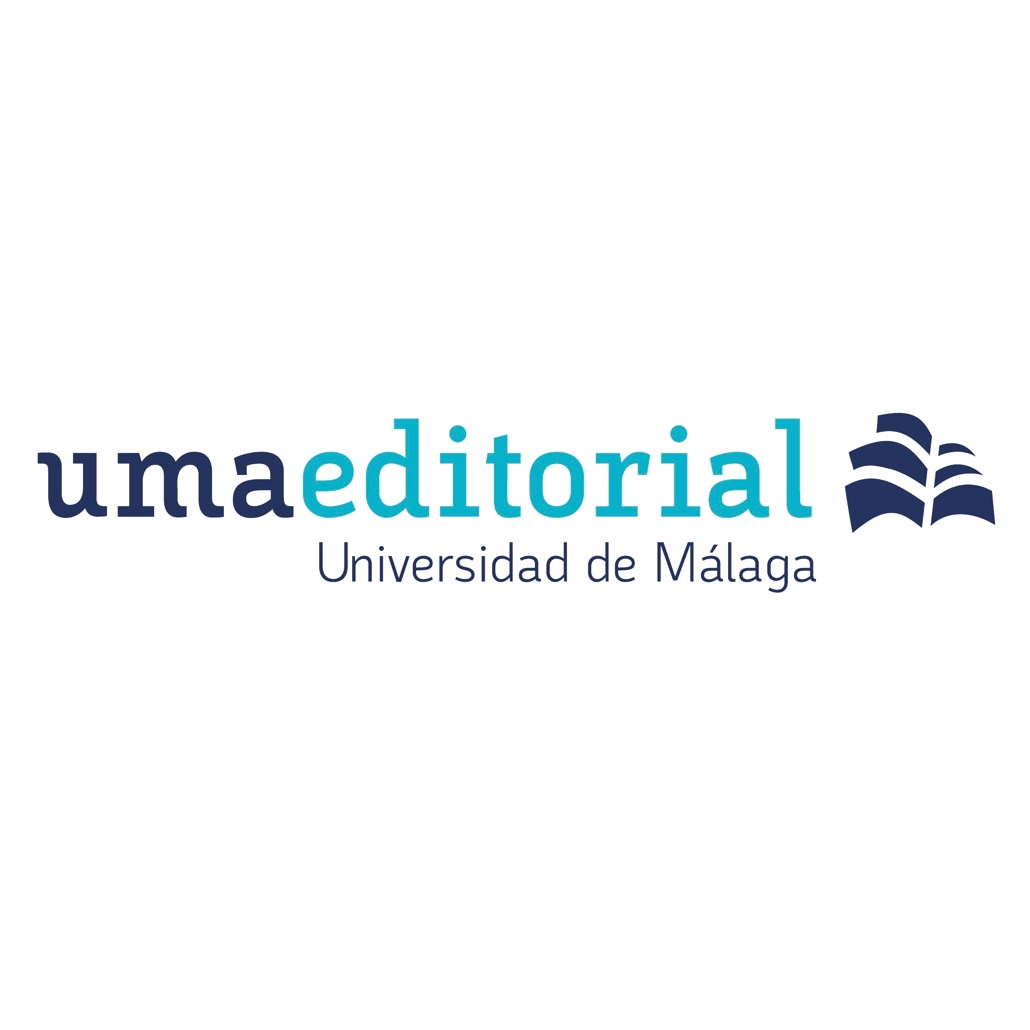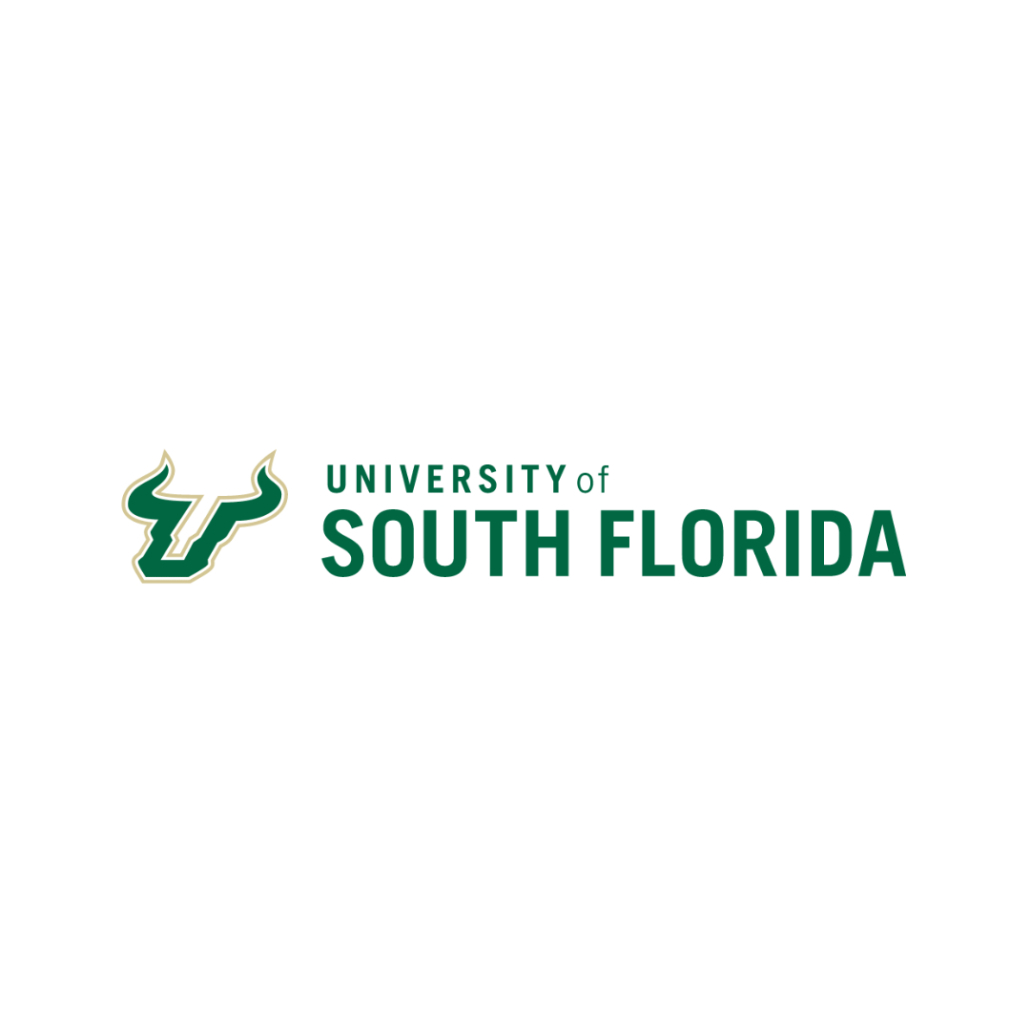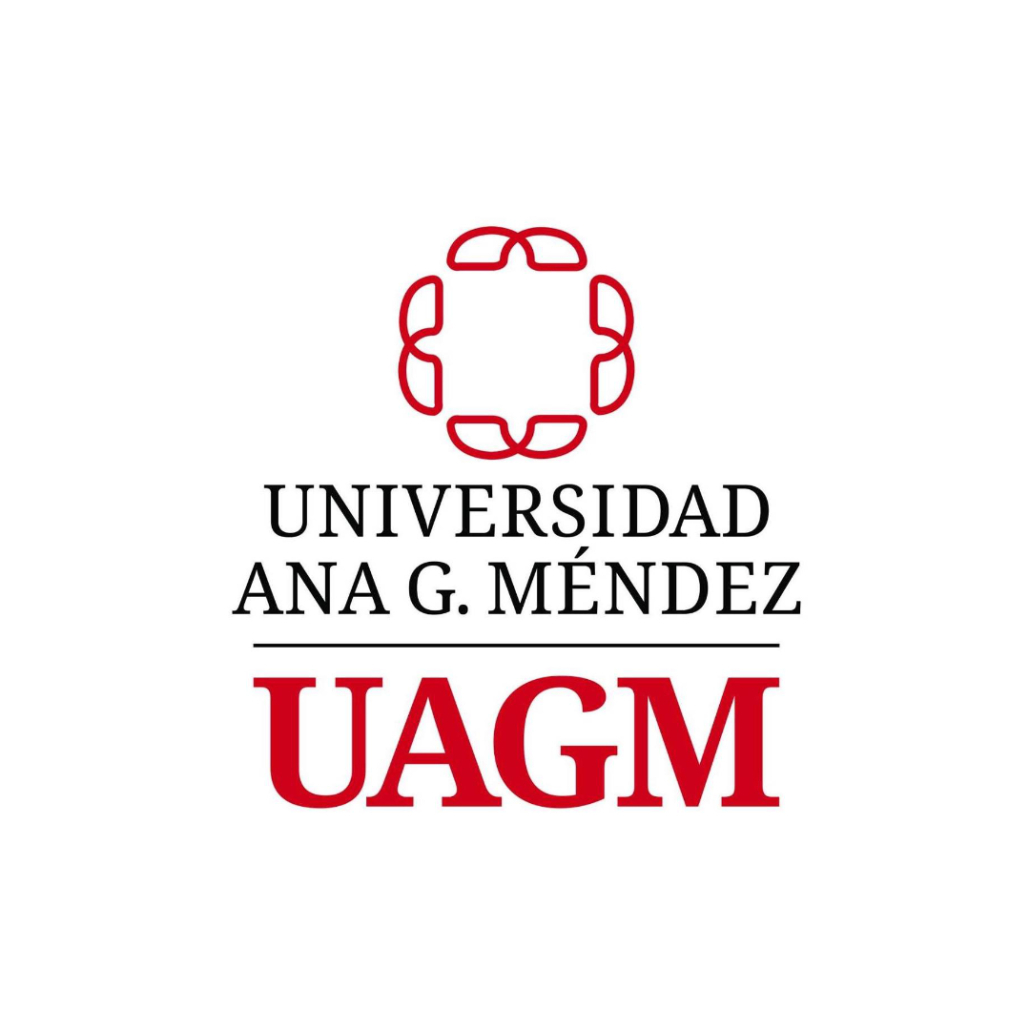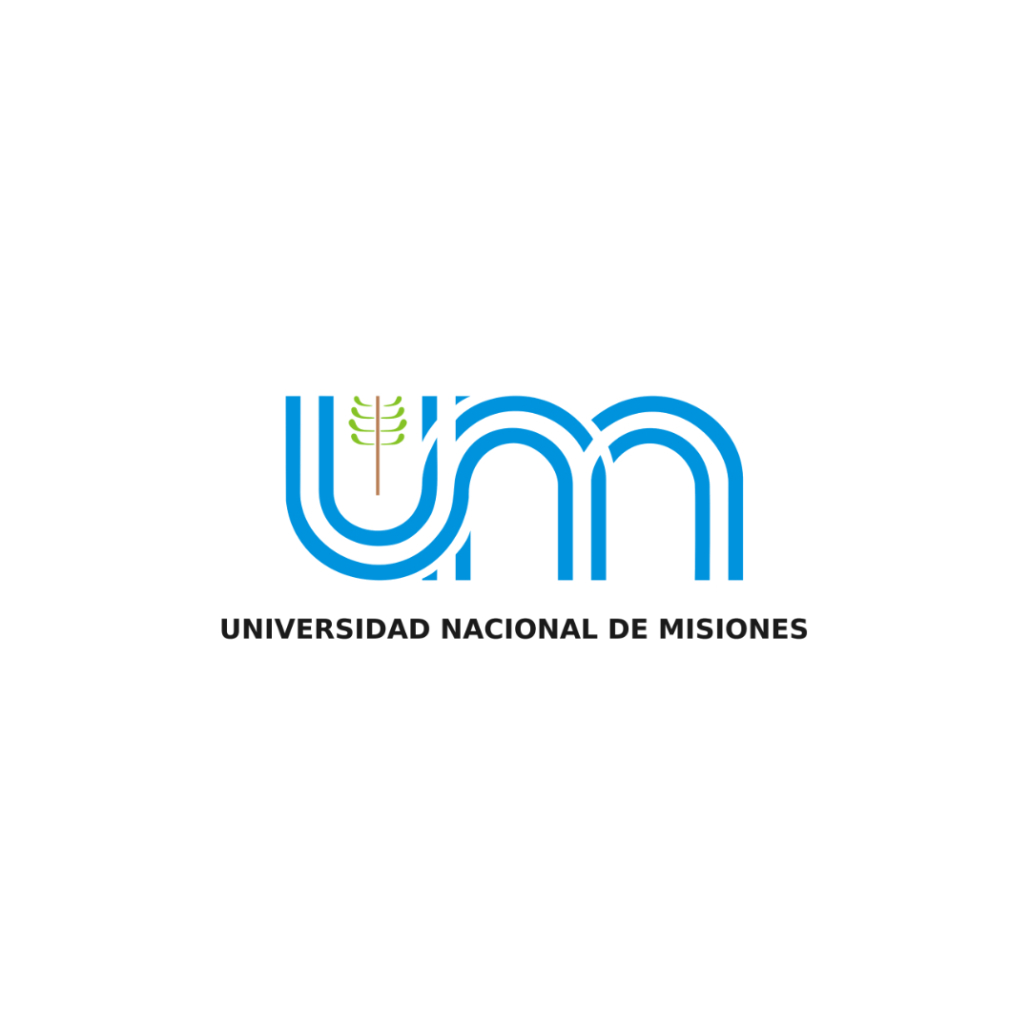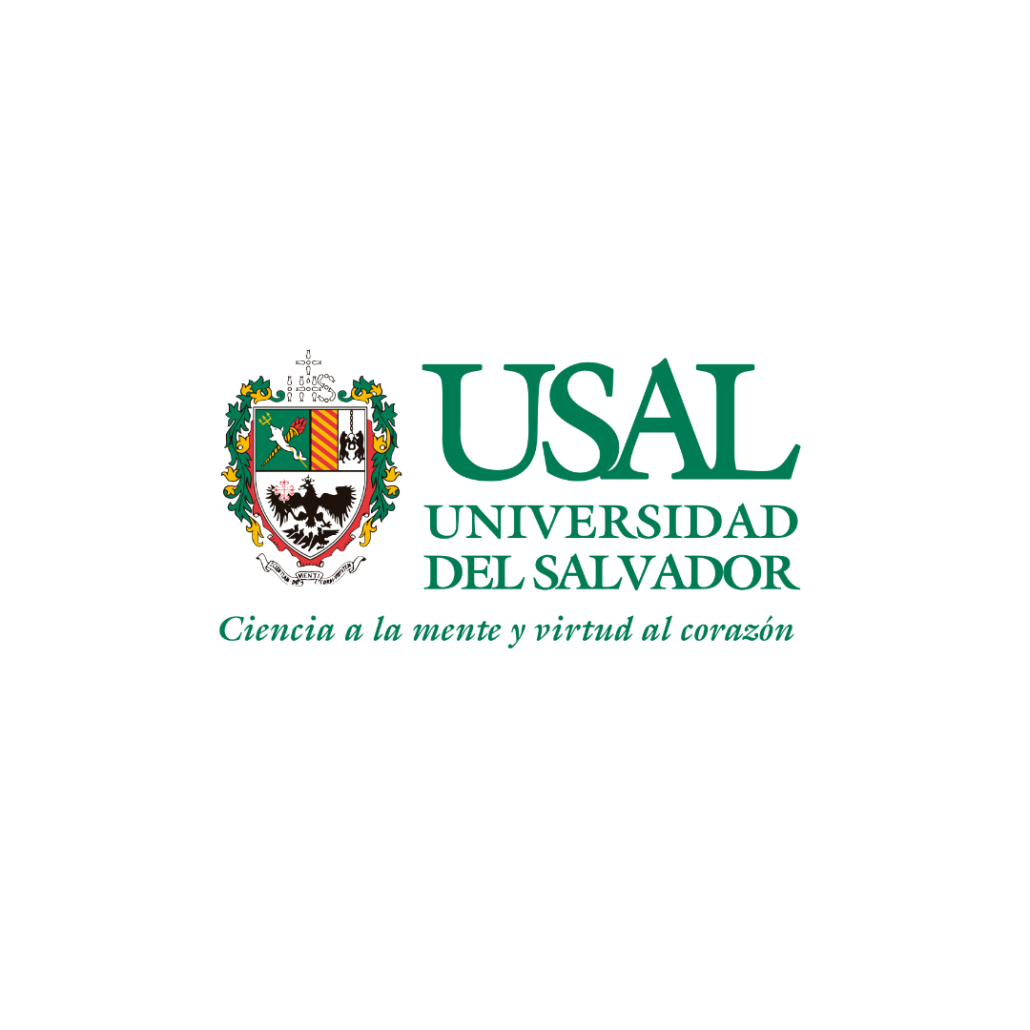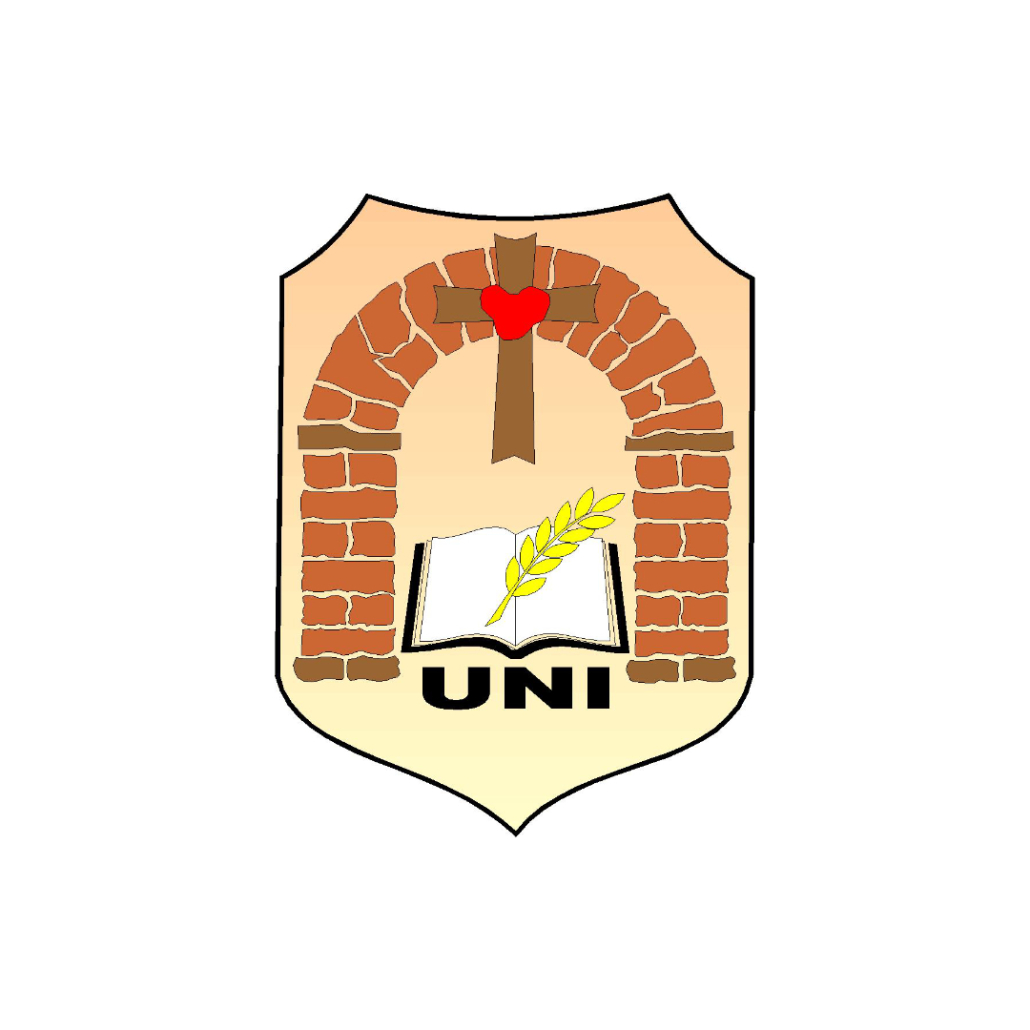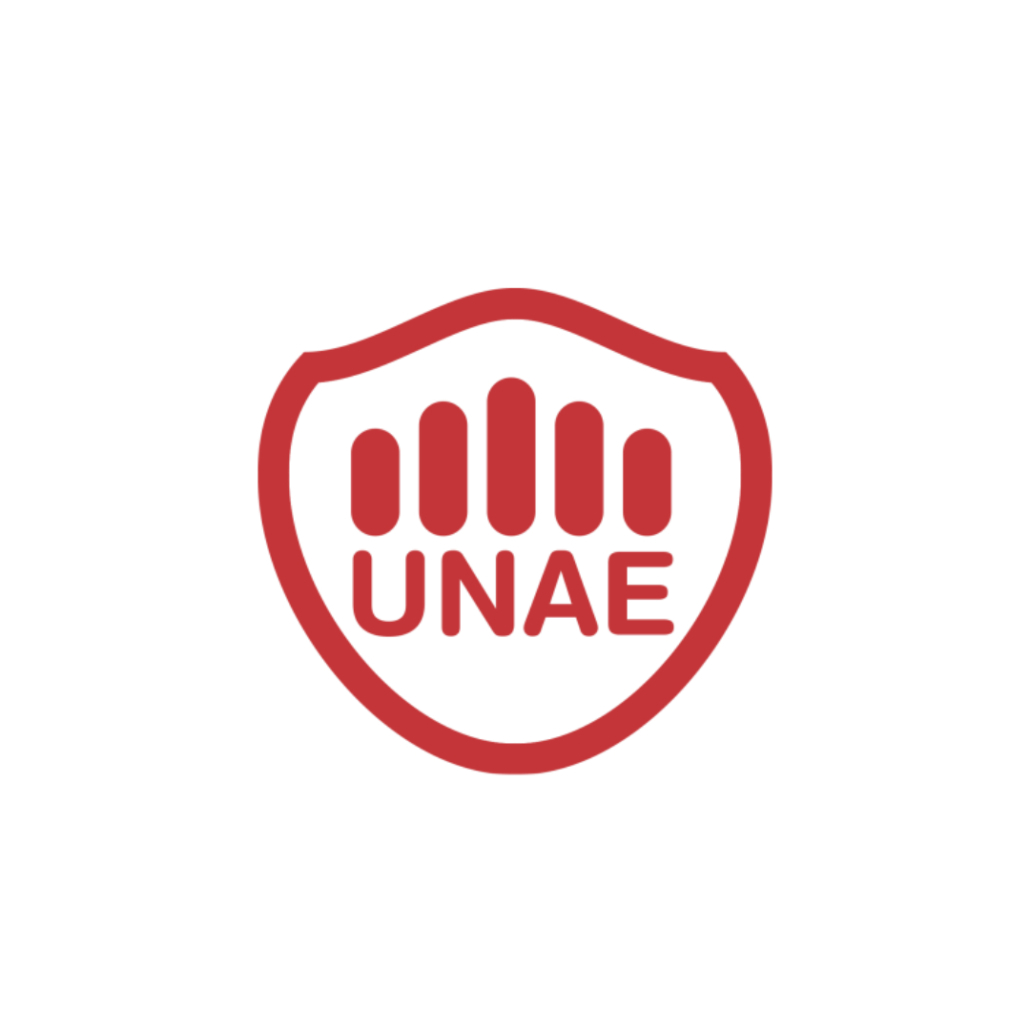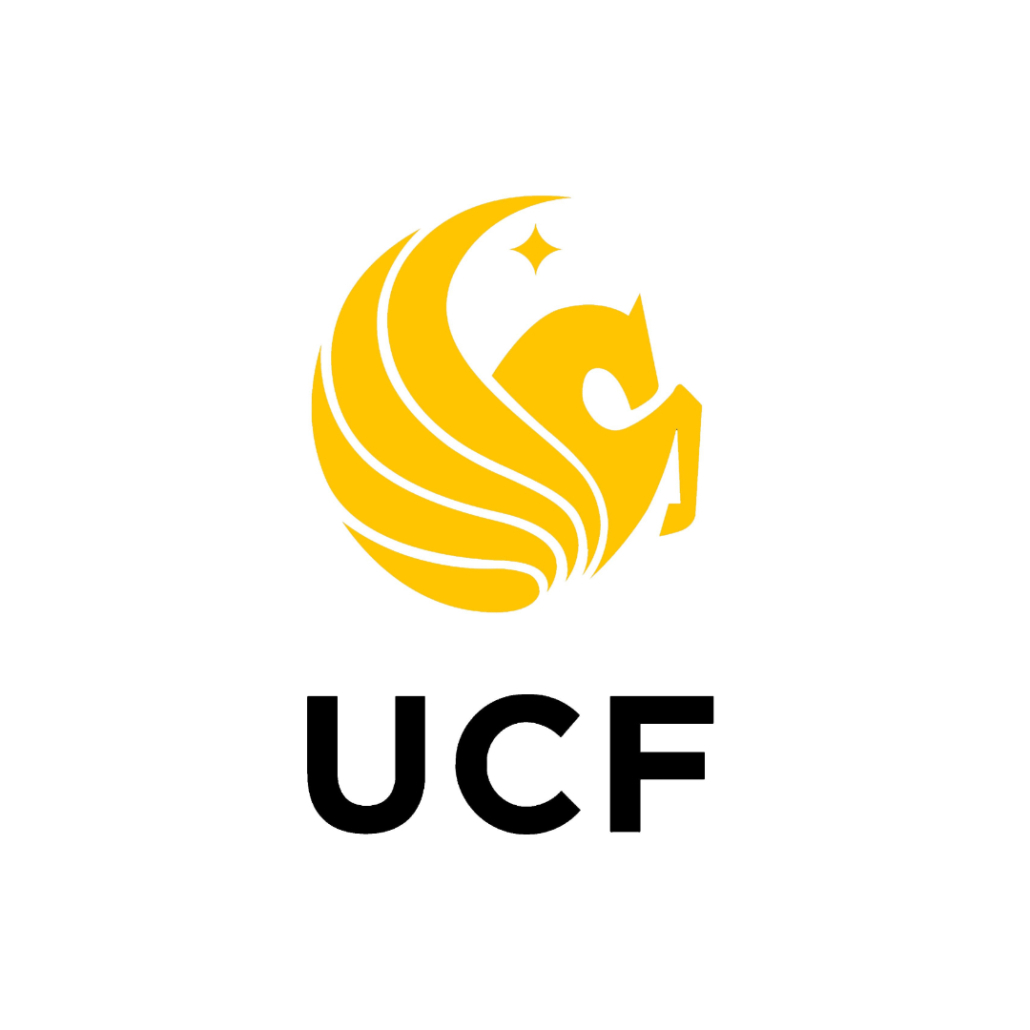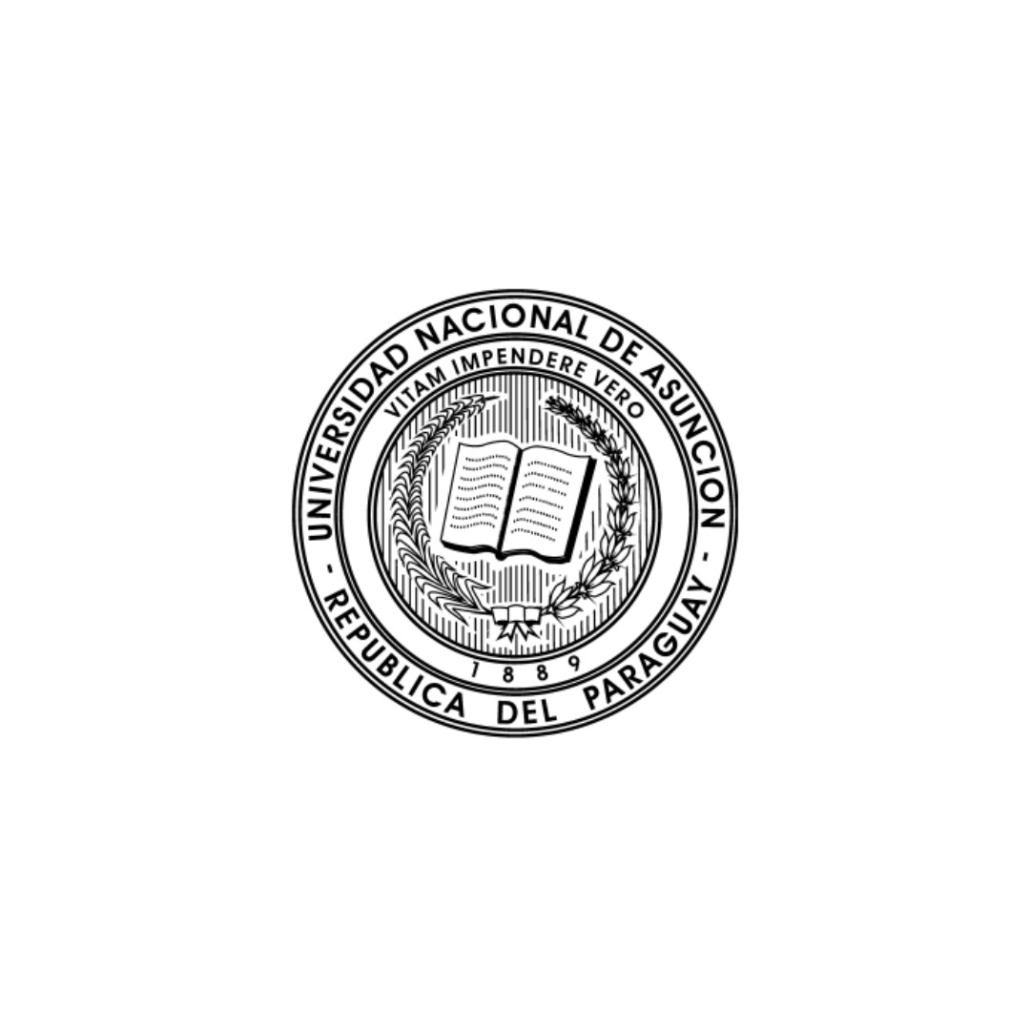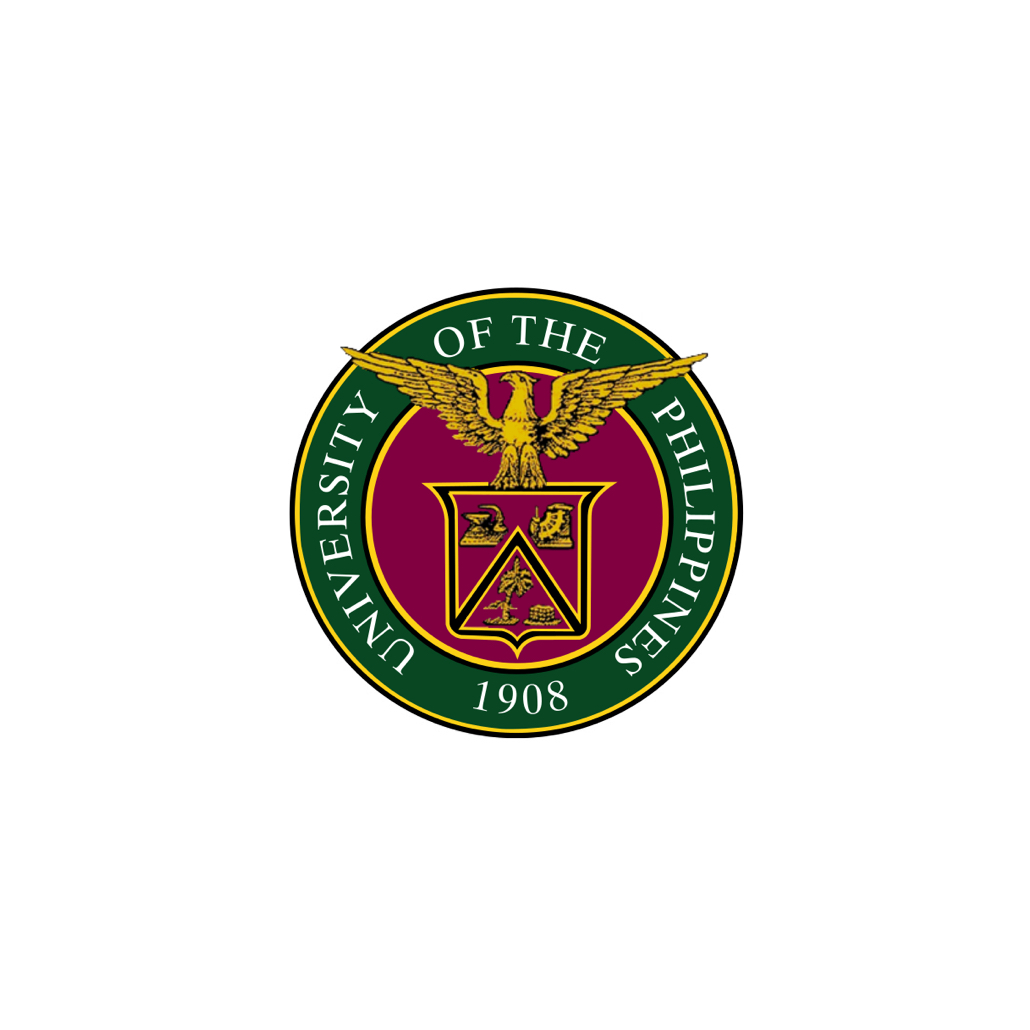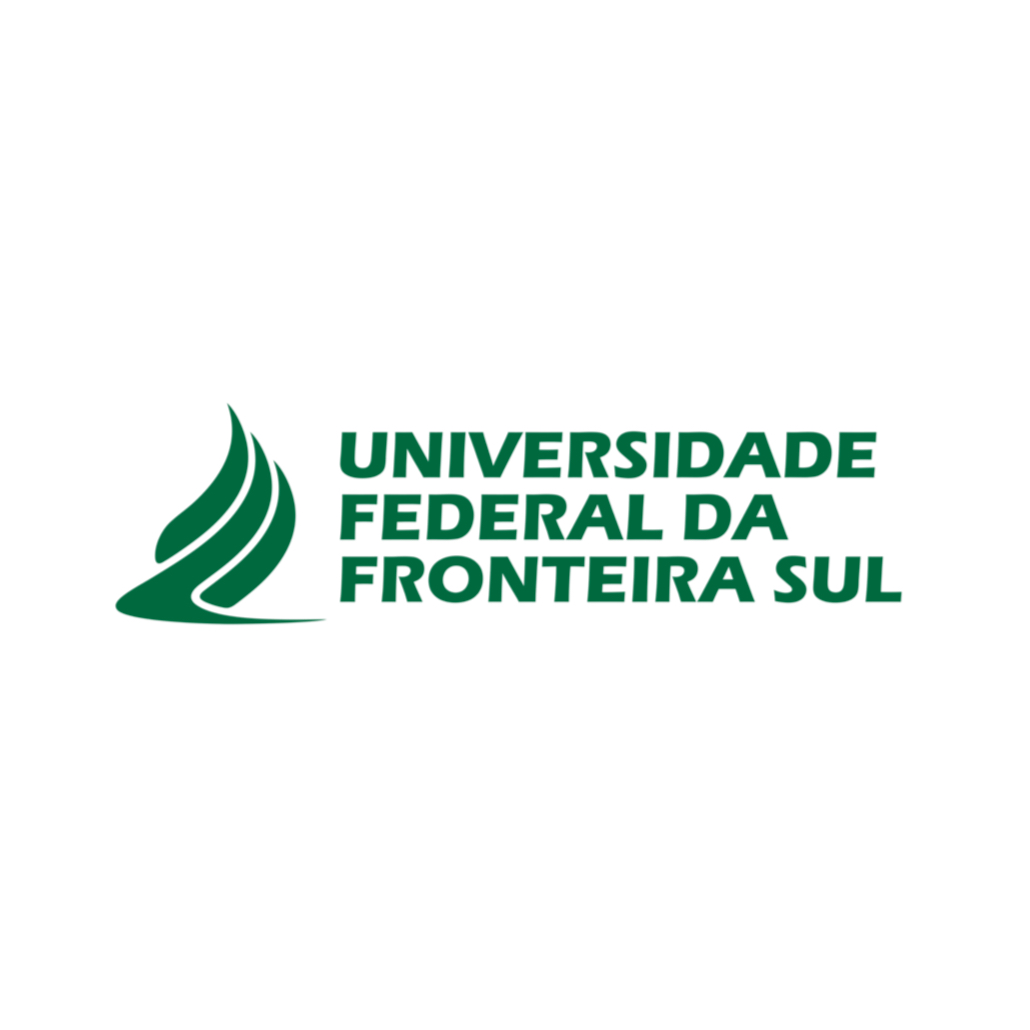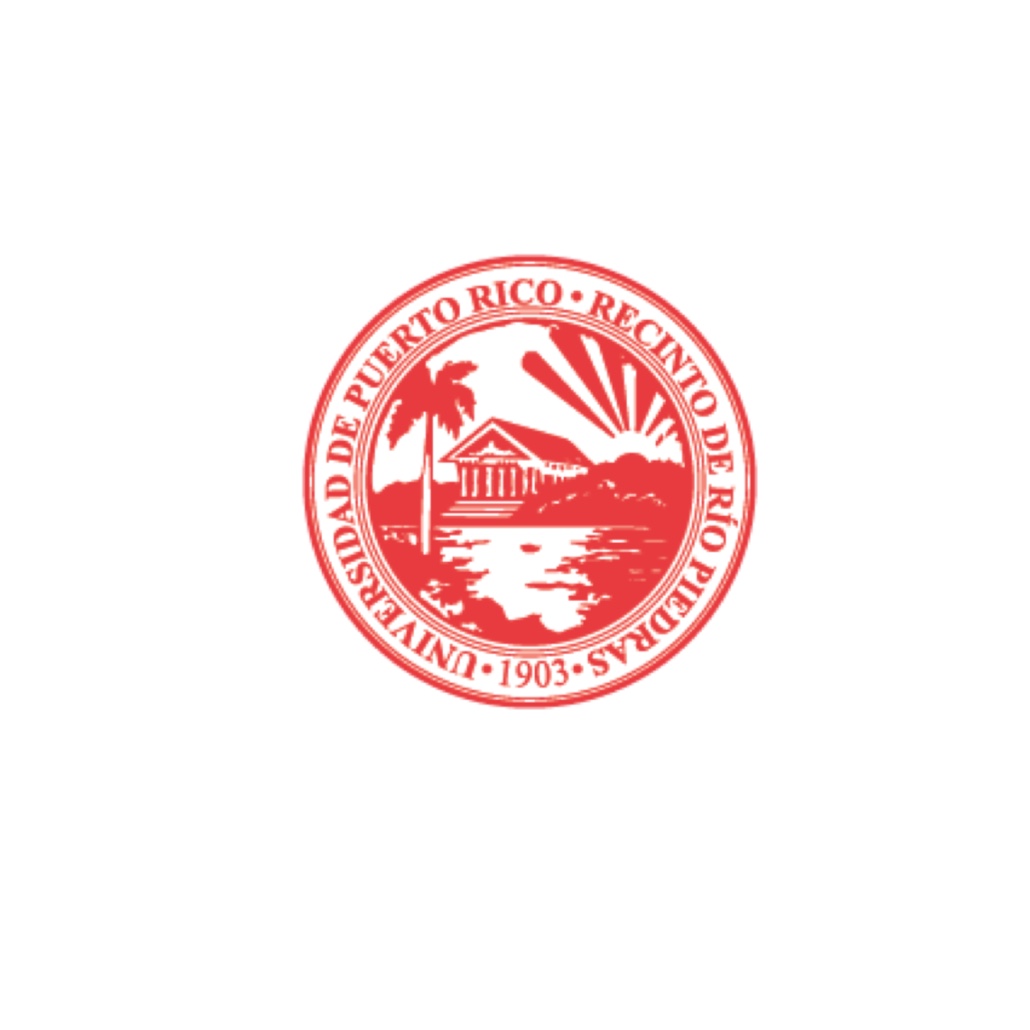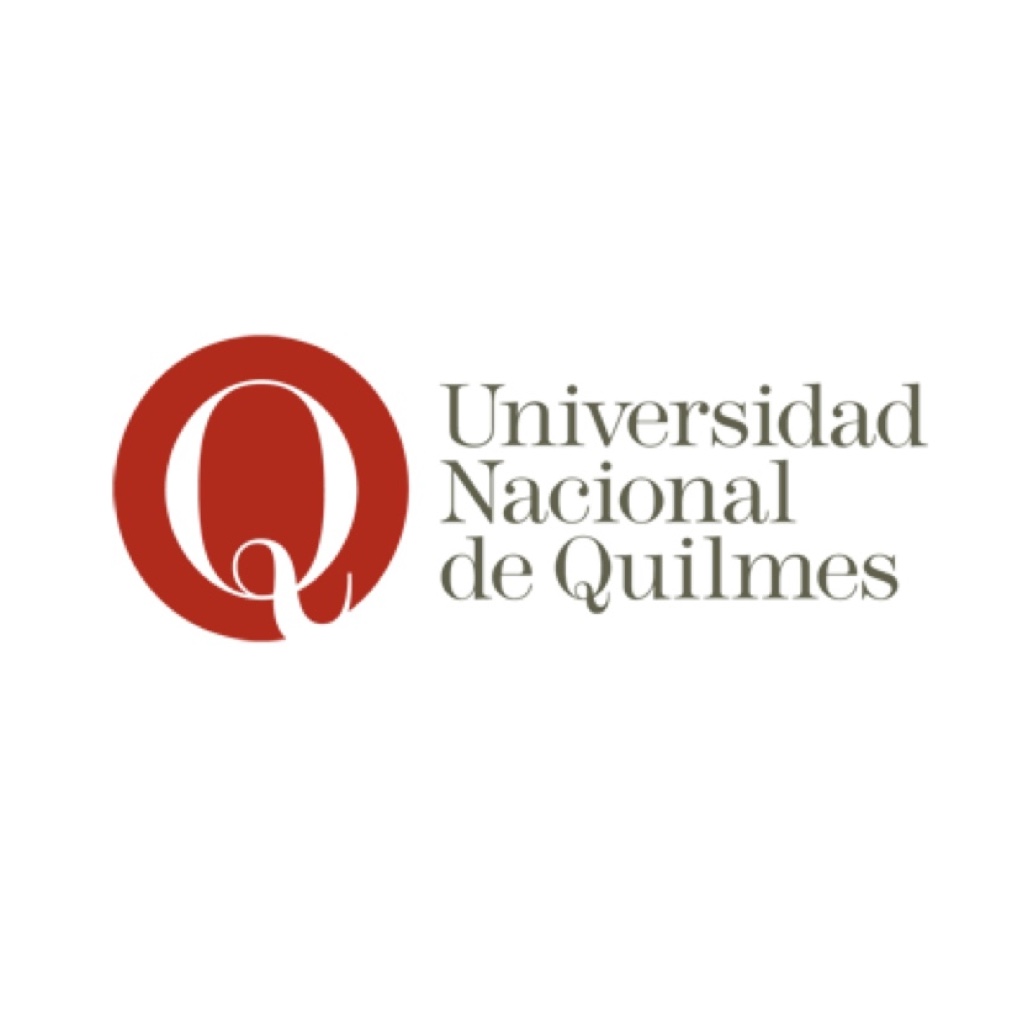At the two shorelines of Columbus’ seas: Bernardo de Galvez’ presence
DOI:
https://doi.org/10.24310/tsn.2.2016.19190Keywords:
Atlantic, Transatlantic, American Independence, Pensacola, Spanish, CubanAbstract
In recent years, transatlantic studies have questioned and cross-disciplinary borders and generic boundaries; in parallel, the origin of these studies is in multiple crossings that united different geographical locations that share access to the Atlantic Ocean. In this text I propose a review within the transatlantic historiography from the trope of the sea crossing and presence of Bernardo de Galvez in Caribbean and American territory. Specifically, I will focus my perspective on the contributions of Bernardo de Galvez in the independence of the United States and his absence and contributions in history books’ schools and universities as well.
Downloads
Metrics
References
Archivo General de la Nación México, México, 6 de marzo de 1799. (Washington, D.C. Library of Congress).
Armitage, D. (2004). Tres conceptos de historia atlántica. Revista de Occidente No.282, Madrid: España.
Caughey, J. W., (1972). Bernardo de Galvez in Louisiana, 1776-1783 (1934); reprint, Gretna, La.: Pelican Publishing Co.
Chanau, H. & P. (1955-1960). Séville et l’Atlantique (1504- 1650), París, SEVPEN, 12 vols.
Gaceta de Madrid (digital) (1697-1936). Disponible en: http://bibliotecavirtualmadrid.org/bvmadrid_publicacion/es/consulta/registro.cmd?id=553
Gálvez, B. (1781). Diario de las operaciones de la expedición contra la Plaza de Panzacola concluida por las Armas de S. M. Católica, baxo las órdenes del mariscal de campo.
Cuba. s.f. ¿? (Washington, D.C. Library of Congress).
Gilroy, P. (1993). The Black Atlantic. Modernity and Double Consciousness. Cambridge: Harvard University Press.
Limia, E. (2013). Cuba Libre. La Utopía Secuestrada, Ediciones Boloña, La Habana.
Mitchell, B. (Autumn 2010). America´s Spanish Savior: Bernardo de Gálvez marches to rescue the colonies. MHQ (Military History Quarterly).
Portell Vilá, H. (1969). Historia de Cuba en sus relaciones con los Estados Unidos y España. Miami, Fla.: Ed. Mnemosyne, vol.1.
Rodríguez Vicente, M. E. (1954). El comercio cubano y la guerra de emancipación norteamericana, Anuario de Estudios Americanos, 11, Sevilla, p. 80.
Roig de Leuchsenring, E. (1950). Cuba no debe su independencia a los Estados Unidos, Ed. La Tertulia, La Habana.
Thonfoff H. Robert H. (1992). El Fuerte del Cibolo: Sentinel of the Bexar-La Bahia Ranches. Austin: Eakin Press.
Thonhoff, H. Robert. H. (1975). The Texas Connection with the American Revolution, University of Texas at San Antonio Institute of Texan Cultures.
Downloads
Published
How to Cite
Issue
Section
License
Copyright (c) 2024 TSN. Transatlantic Studies Network

This work is licensed under a Creative Commons Attribution-NonCommercial-ShareAlike 4.0 International License.

